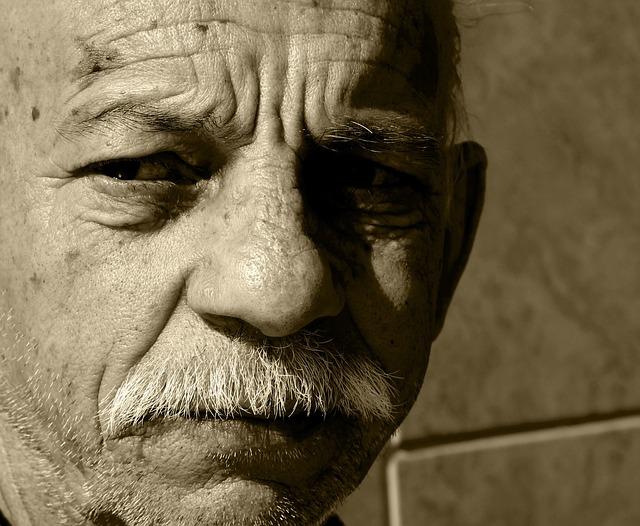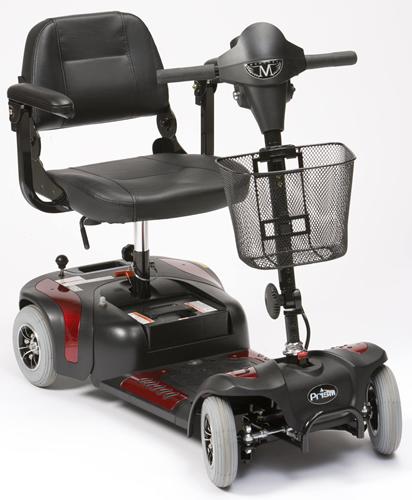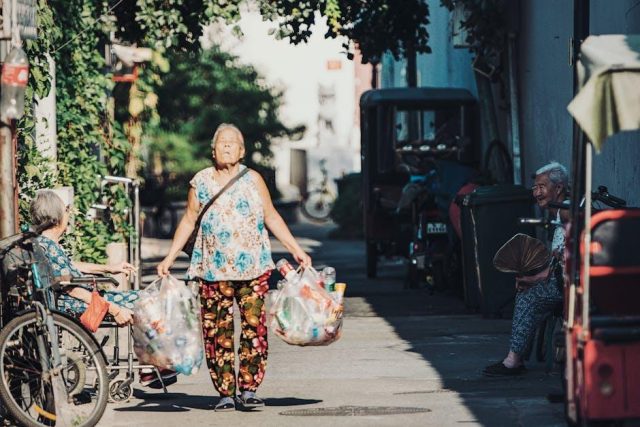As we journey through life, mobility can become a challenge for many seniors, transforming once-simple tasks into significant hurdles. Understanding how to support our loved ones during this phase is crucial, not just for their physical well-being, but also for their emotional and mental health. In this guide, we will explore practical and compassionate ways to assist seniors facing mobility issues, helping them maintain independence, dignity, and a high quality of life. Whether you’re a family member, caregiver, or friend, these insights will equip you with the tools to offer meaningful support, fostering an environment of care and understanding that respects the unique needs of each individual.
Understanding the Challenges Faced by Seniors with Mobility Issues
Mobility challenges are a common issue for seniors, and understanding these challenges is key to providing effective support. As individuals age, they may experience a range of physical limitations due to conditions such as arthritis, osteoporosis, or general muscle weakness. These limitations can impact their ability to perform daily tasks and maintain independence. It is important to approach these challenges with empathy and a willingness to adapt to each individual’s unique needs.
- Physical Barriers: Stairs, uneven surfaces, and narrow doorways can pose significant hurdles.
- Health Concerns: Conditions like arthritis or Parkinson’s disease can exacerbate mobility issues.
- Emotional Impact: Loss of mobility can lead to feelings of isolation or depression.
Creating a supportive environment involves not just physical modifications but also emotional and social support. For instance, installing grab bars and ramps can make homes more accessible, while regular check-ins and social activities can help combat feelings of loneliness. Below is a simple guide to understanding some common mobility challenges and possible solutions:
| Challenge | Solution |
|---|---|
| Difficulty with stairs | Install stair lifts or ramps |
| Limited reach | Use grabbers or reach extenders |
| Balance issues | Provide canes or walkers |
By recognizing these challenges and implementing thoughtful solutions, we can help seniors maintain their independence and improve their quality of life. Empathy and proactive support are the cornerstones of assisting those with mobility issues.

Creating a Safe and Accessible Home Environment
When aiming to make a home environment both safe and accessible for seniors with mobility challenges, consider focusing on key areas that can enhance their independence and comfort. Start with the entryways and hallways. Ensure these spaces are free from clutter and have adequate lighting. Installing grab bars and handrails along hallways and near stairs can provide extra support.
In the bathroom, a few thoughtful modifications can significantly reduce the risk of falls. Consider adding non-slip mats and a shower chair. Raised toilet seats and easy-to-reach showerheads can also be beneficial. In the kitchen, keep essential items within arm’s reach to minimize the need for climbing or bending. For added safety, use anti-scald devices on faucets and stove guards.
- Ensure furniture is arranged to allow for easy navigation.
- Install motion-sensor lighting in frequently used areas.
- Use contrast strips on stairs and steps for better visibility.
| Area | Suggested Modification |
|---|---|
| Living Room | Sturdy, slip-resistant flooring |
| Bedroom | Bed rails and reachable lighting |
| Entrance | Ramps instead of stairs |

Choosing the Right Mobility Aids and Devices
Selecting the appropriate mobility aids for seniors can significantly enhance their quality of life. It’s important to consider the specific needs and preferences of the individual. Walkers, canes, and wheelchairs each offer distinct benefits, catering to varying levels of mobility and independence. For instance, a lightweight, foldable walker may be ideal for someone who enjoys outings, while a sturdy cane with ergonomic handles might suit those needing minimal support. Always ensure that the chosen device is adjustable and easy to use, promoting both safety and comfort.
Consider these factors when choosing mobility aids:
- Mobility Level: Evaluate how much support the senior requires.
- Environment: Assess where the device will be primarily used (indoors, outdoors, or both).
- Ease of Use: Ensure the device is simple to maneuver and maintain.
- Adjustability: Look for features that allow for customization to the user’s height and comfort.
| Device | Best For | Key Feature |
|---|---|---|
| Walker | Moderate support | Foldable for portability |
| Cane | Minimal support | Ergonomic handles |
| Wheelchair | Limited mobility | Customizable seating |

Encouraging Physical Activity and Social Engagement
- Group Activities: Organizing group activities tailored to seniors with mobility issues can significantly enhance their social interaction. Consider hosting chair yoga classes, which are gentle and can be adapted to various mobility levels. These sessions not only promote physical well-being but also create a sense of community.
- Community Events: Encourage participation in community events that are accessible and inclusive. Events like a local farmer’s market visit or a neighborhood walk can be adjusted for those using mobility aids, offering both social and physical benefits.
For a more structured approach, consider implementing a buddy system. Pairing seniors with a partner for activities can motivate them to stay active and socially engaged. This partnership can lead to friendships and provide emotional support, making the activities more enjoyable and sustainable.
| Activity | Benefits |
|---|---|
| Chair Yoga | Improves flexibility and mental relaxation |
| Neighborhood Walk | Encourages social interaction and physical activity |
| Arts and Crafts | Enhances creativity and fine motor skills |
It’s crucial to ensure that activities are easily accessible and accommodating. Providing transportation options or arranging activities within the community can help reduce barriers to participation. By fostering an environment that prioritizes accessibility and inclusivity, seniors are more likely to engage and benefit from both physical and social aspects of these activities.








































